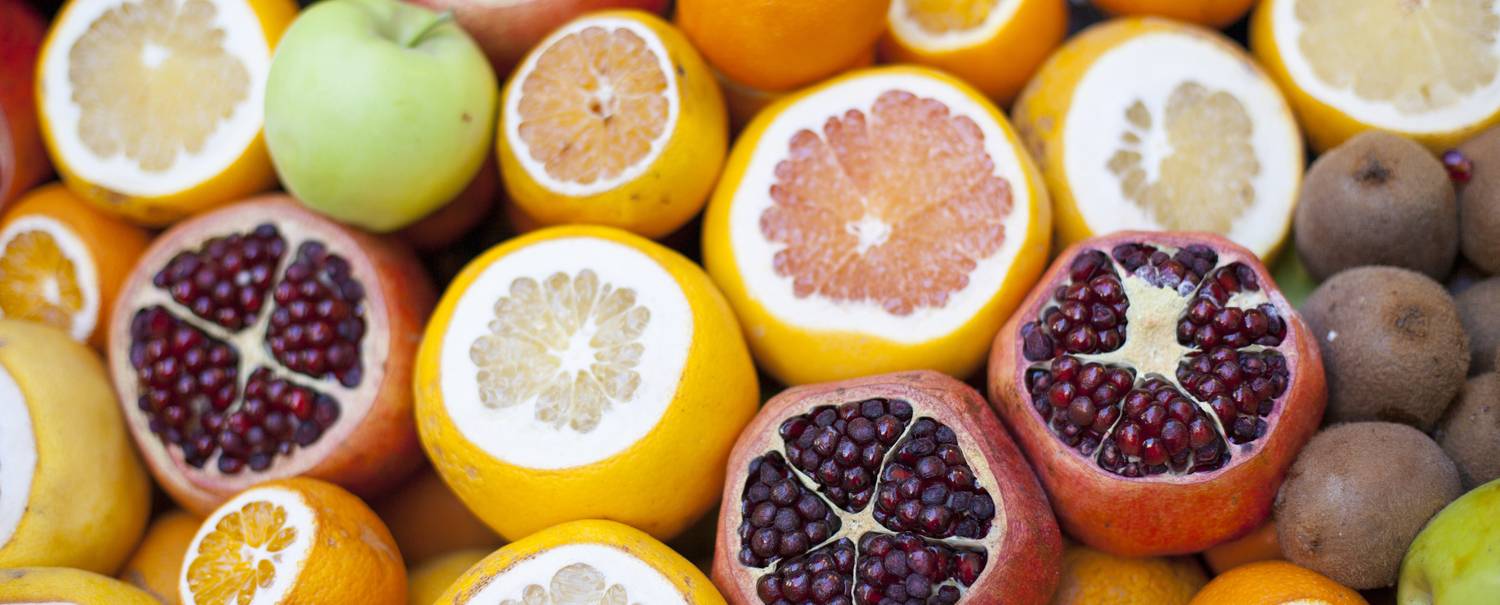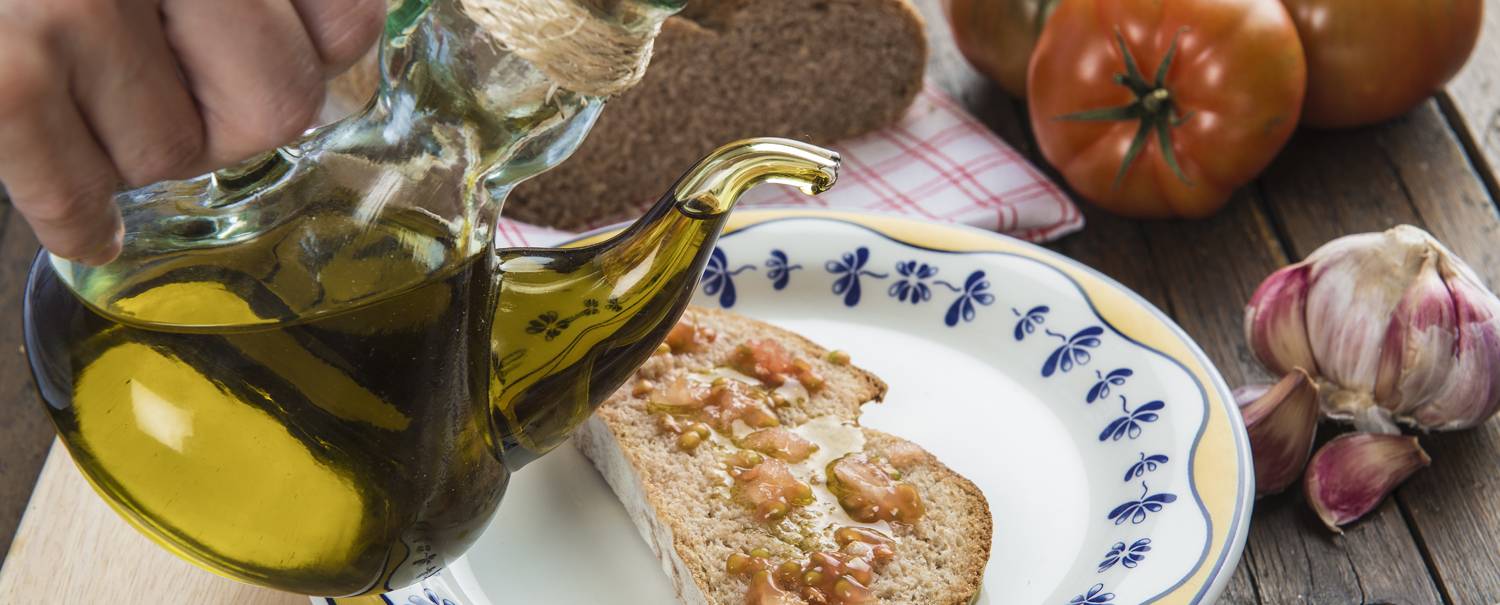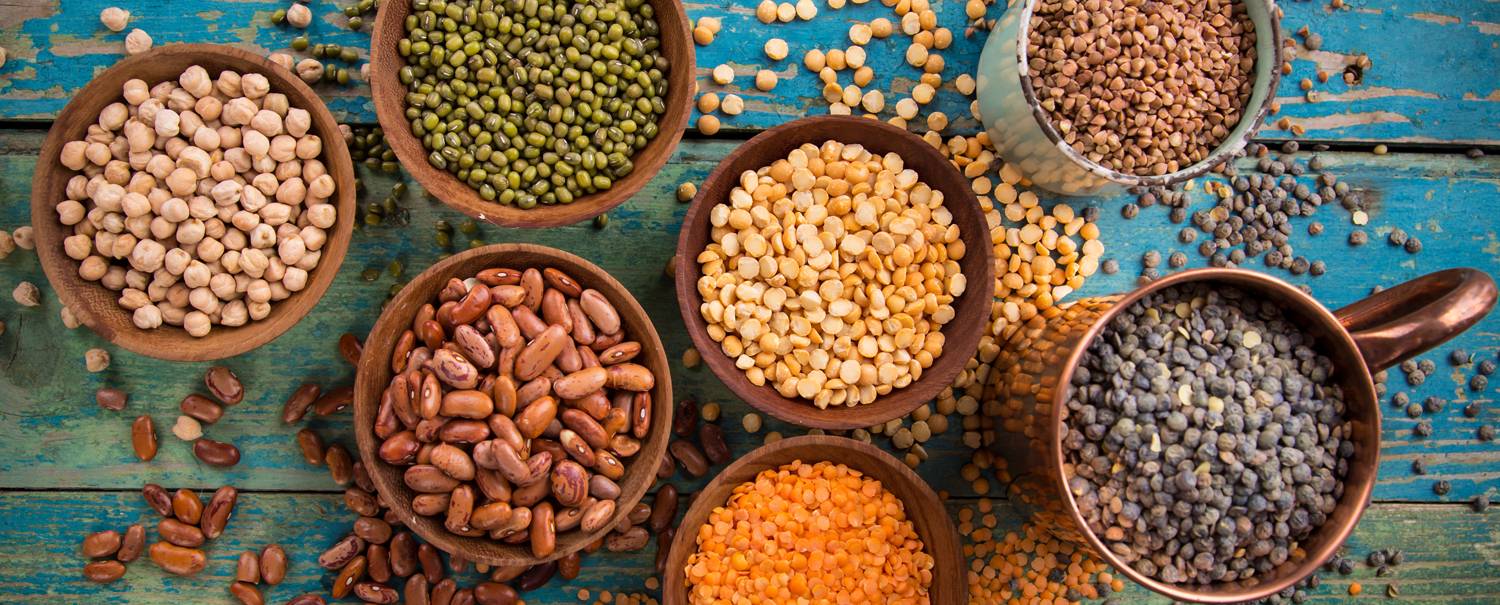8 mediterranean superfoods
Beyond chia and goji berries. When people talk about superfoods, they often think of chia seeds, goji berries or Spirulina, but there is much more. Oil, sardines or citrus fruits, are food with very much benefits.
Superfoods are generally defined as being exotic, little-known foods, with high nutritional values, but we can also put lentils, orange juice, or lettuce and tomato salad into this category.
TOPIC OF THE MONTH
Share
Superfoods are not, therefore, new or invented foods. It can even be the case that foods we think of as new here, are part of the everyday diet in other parts of the world. It is quite simply that the growing interest in caring for our health through diet has contributed to thefoods with multiple benefits now being closer to us.
SUPERFOOD IS NOT SYNOMYMOUS WITH SUPERPOWER
In the same way that thinking superfoods cure and prevent illnesses is incorrect, neither is the false belief that a superfood is something unique or uncommon.
We must not think that, just by consuming this type of food, we can be totally unconcerned about our diet. No superfood gives us everything the body needs, nor does it fix what has been ruined by a poor selection of ingredients.
Meals must contain a wide variety of foods to ensure we get all the nutrients we need and avoid imbalances associated with the restricted eating of only a few.
Therefore, consuming superfoods doesn’t change the need to have a healthy, balanced diet, eating local and in season produce. Indeed, several items of the Mediterranean diet would suit the superfood label. Let’s look at some examples.
No superfood contributes everything what the body needs, it is necessary to take a healthy and balanced diet.
LIST OF SUPERFOODS
- Garlic
It contributes to protecting cells against oxidative damage. It is a source of vitamin B6 which helps to regulate hormonal activity and contributes to the normal working of the immune system. A spoonful can be added to any recipe to enhance the flavour.
- Citrus fruits
Ctirus fruits are rich in vitamin C, which helps to protect cells, so they don’t oxidise. They are also are a good source of folic acid, which aids the growth of maternal tissues during pregnancy and helps to reduce tiredness and fatigue.
- Tomato
It is low in saturated fats and a source of vitamin C, which improves the absorption of iron from foods. It has a high proportion of fibre and its calorific content is very low (19 calories per 100g). A bioactive substance called lycopene, which is an antioxidant, gives them their red colour.
- Nuts
Having a handful of nuts every day, or any dried fruit in general (almonds, hazelnuts, pistachios), is good for the heart. They help to prevent cardiovascular diseases and are also more versatile in the kitchen as they can be eaten on their own as a snack, or as an accompaniment to salads, sauces etc.
- Pulses
They form part of the base of a Mediterranean diet. Lentils, chickpeas, beans, peas, etc. are foods with very little fat and are rich in fibre, which helps digestion and to avoid constipation. In addition, they help to maintain a healthy digestive system. They are also rich in minerals (iron, calcium, phosphor, and magnesium) and amino acids, essential for tissue repair.
- Sardines
It is the classic oily fish. In addition to its unmistakable flavour and being inexpensive, sardines are a source of vitamins B12 and D, as well as minerals like sodium (depending on whether they are tinned or fresh) and phosphor. However, if anything, sardines are best known for providing omega 3 fatty acids.
- Olive oil
Known as liquid gold, olive oil is the healthiest fat and has become indispensable to the Mediterranean diet. It contains monounsaturated fats, in other words, good fats that help to regulate cholesterol.
Its high content of oleic acid doesn’t just have a high antioxidant value, but also maintains normal levels of cholesterol in the blood.
- Dark chocolate
Cacao has formed a part of the Mediterranean diet for years. Eating 1 or 2 small pieces per day provides numerous benefits to the body. Due to its high fibre content, it is filling and can be included in weight-loss diets. Furthermore, the more cacao it contains, the richer it is in antioxidants.









